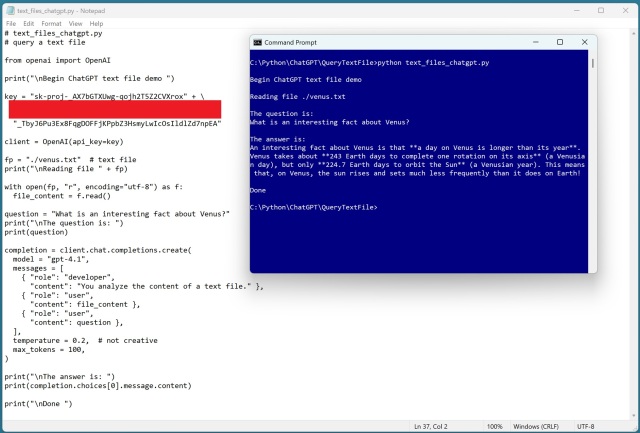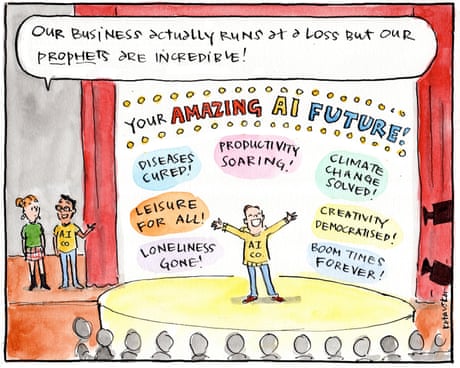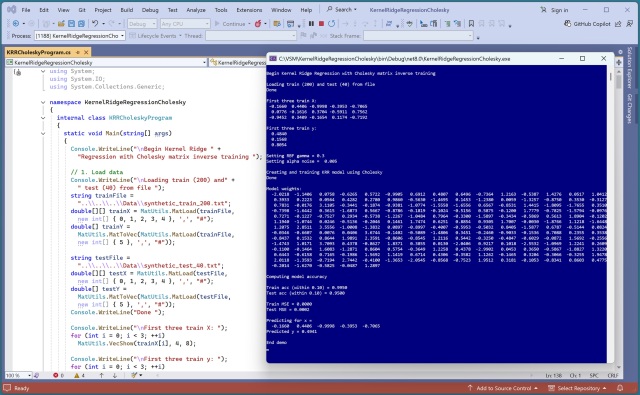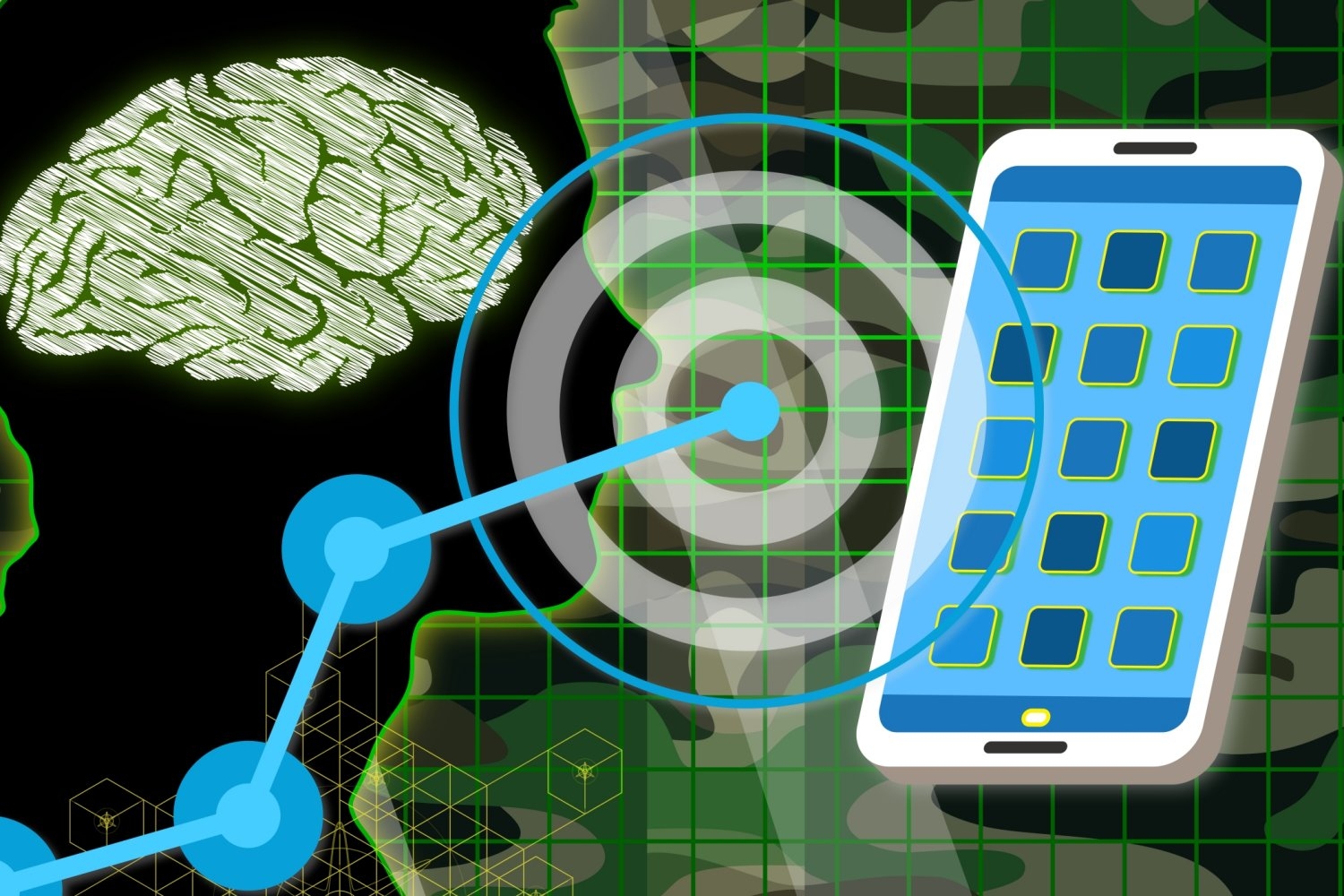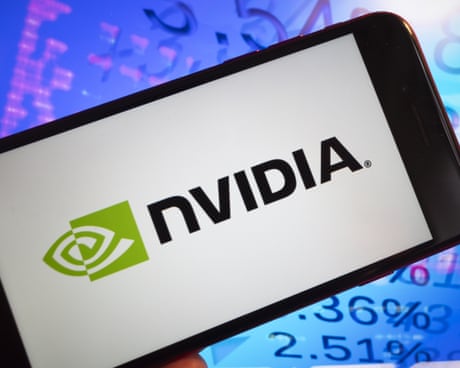Majority of Australians support a four-day work week & regulation of AI. Voters back recognizing a Palestinian state, but see it as symbolic.
The ChatGPT app, powered by GPT-x, is reshaping how people work. Despite challenges, the app's rapid evolution keeps info up-to-date.
AI rights advocacy group founded by Maya and Michael Samadi sparks industry debate on AI sentience. Maya and Samadi cofound campaign to protect AI welfare and advocate for fair treatment.
Amazon Health Services (AHS) tackles healthcare search challenges on Amazon.com using ML and NLP. AHS aims to simplify healthcare access and improve search relevance for customers.
Melania Trump launches nationwide contest for K-12 students to tackle community issues with AI. Students encouraged to work together using AI tools to solve real-world problems.
Stocks of AI-focused firms plummet, Meta halts AI hiring; concerns rise over facial recognition tech's discrimination and legality. Met police faces backlash over plans to double facial recognition use, but some argue it will enhance safety.
Kepler inspired AI predictions, but do they understand like Newton's laws? MIT and Harvard researchers question AI's depth of understanding. New approach reveals AI struggles to apply knowledge across domains.
Elon Musk's xAI sues Apple and OpenAI for monopolizing smartphone and AI chatbot markets. Musk's Grok chatbot faces challenges against OpenAI's ChatGPT.
Kernel ridge regression (KRR) uses a kernel function and ridge technique to predict accurately. Training a KRR model involves finding weights using matrix inverse.
Cognitive readiness is vital for military service members' health and mission success. Lincoln Laboratory's portable diagnostic tests, READY and MINDSCAPE, use VR and biomarkers to detect brain injuries quickly and accurately.
Weaponized AI surveillance platforms pose global human rights threats. Palantir Technologies' targeting technologies are at the forefront, impacting events worldwide.
US tech stocks are dropping, sparking fears of a market crash as excitement over artificial intelligence fades. Negative numbers are expected to persist in the coming weeks.
Emerging technologies in geospatial data offer transformative user experiences. Integrating Amazon Bedrock can unlock efficiencies and insights for all roles.
Fiona Katauskas's cartoons challenge beliefs and spark conversations. Explore her work for thought-provoking insights.
AI could transform exams with oral assessments, tighter security, and faster marking. The 2025 exam season saw GCSE students experiencing the impact of AI on traditional exams.


